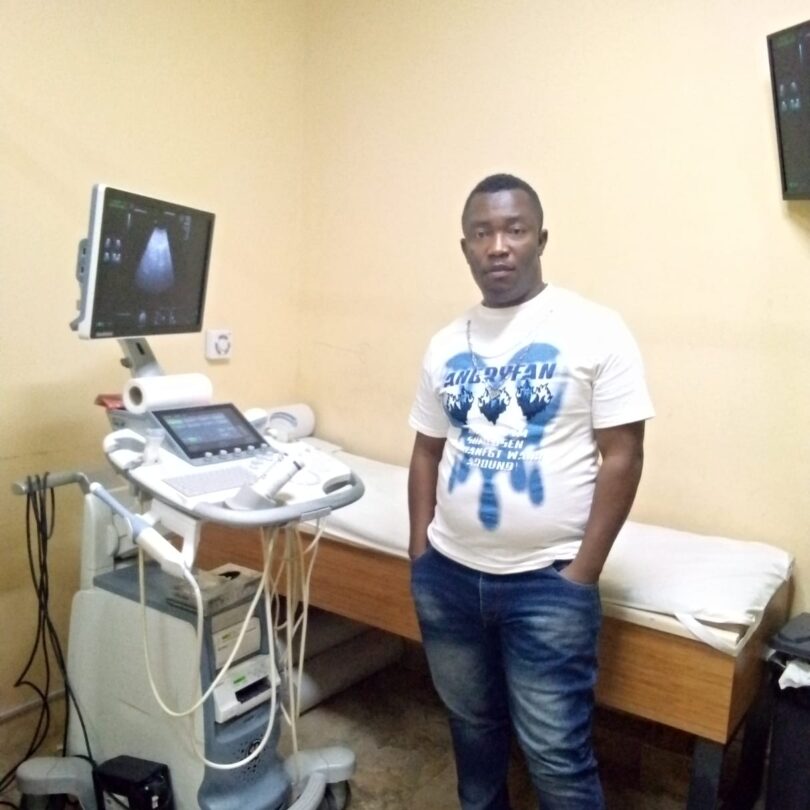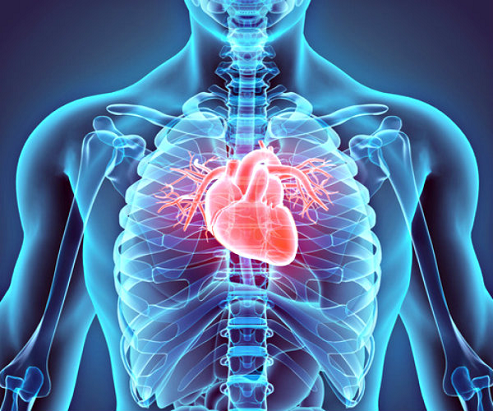Recent advances in radiography have completely changed the area of medical diagnostics, providing fresh perspectives on the human body and improving care for patients. This article put together by Clement Stephen Ovai examines the most recent advancements in radiography and the variety of medical uses for it.
AI in Radiology: Clement Stephen Ovai speaks explains how AI is being incorporated into radiology, emphasizing how machine learning algorithms are enhancing image interpretation, lowering diagnostic error rates, and speeding up the diagnosis procedure.
Surgical Planning with 3D Printing: Discover the uses of 3D printing technology in radiology to produce anatomical models that are precise to each patient. This invention facilitates preoperative planning for surgeons, resulting in more accurate and customized surgical procedures.
Radiomics and Predictive Analytics: Examine the newly developing field of radiomics, which uses data mining and sophisticated image analysis techniques to extract quantitative information of great value from medical images. Talk about the use of this data for early disease detection and treatment planning through predictive analytics.
Innovations in Interventional Radiology: Emphasize the latest developments in interventional radiology procedures, including the use of minimally invasive methods to treat a range of disorders. Talk about less invasive alternatives to typical surgery for patients, including as catheter-based procedures, embolization techniques, and targeted cancer medicines.
READ ALSO: Mercy Eke finds love again
Techniques for Reducing Radiation Dose: Examine new developments in radiation exposure minimization for diagnostic imaging processes. Talk about how preserving picture quality while reducing dangers is crucial, and how technological developments can reduce radiation doses in different imaging modalities.
Point-of-Care Ultrasound: Talk about how quick and effective diagnostic evaluations at the bedside are made possible by the growing usage of portable and handheld ultrasound equipment in point-of-care settings. Emphasize how it affects critical care, emergency medicine, and other medical disciplines.
Hybrid Imaging Modalities: Investigate the combination of various imaging modalities, such as single-photon emission computed tomography/computed tomography (SPECT/CT) and positron emission tomography/computed tomography (PET/CT), to improve the accuracy of disease localization and provide comprehensive diagnostic information.








Leave a Comment
You must be logged in to post a comment.